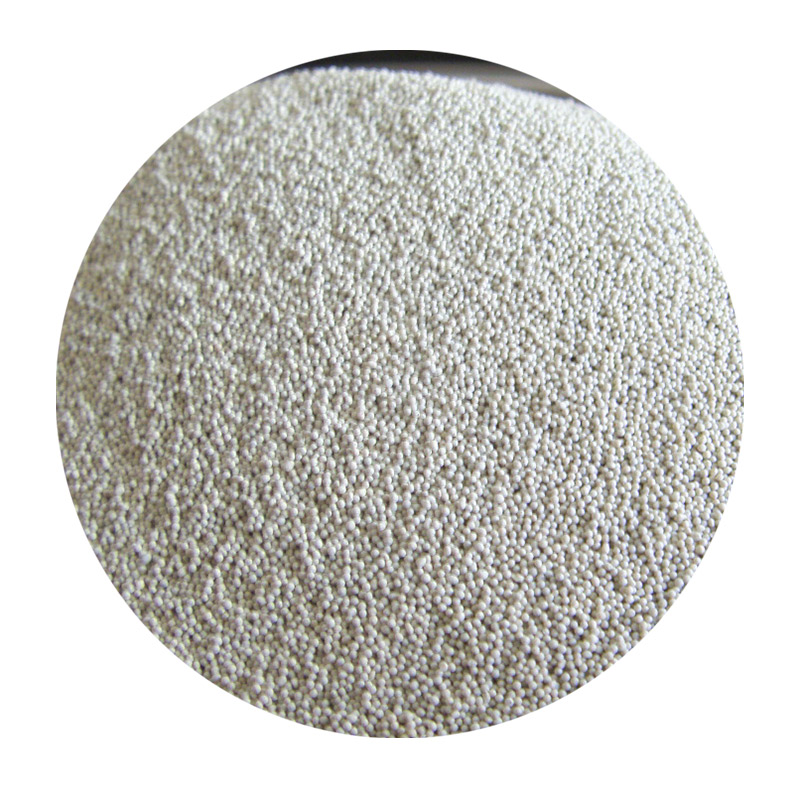Products Made from Sand Casting
Sand casting, one of the oldest and most versatile manufacturing processes, is widely used to produce a variety of metal components. This process involves creating a mold from sand and then pouring molten metal into the cavity to produce finished parts. The versatility of sand casting allows for the production of a diverse range of products used across various industries. In this article, we will explore some of the key products made from sand casting, highlighting its importance in modern manufacturing.
1. Automotive Parts
The automotive industry is one of the largest consumers of sand cast components. Several critical parts, such as engine blocks, cylinder heads, and transmission cases, are produced using this method. The ability to create complex shapes and intricate designs makes sand casting ideal for these applications. Additionally, sand casting can accommodate a wide range of materials, including aluminum, iron, and magnesium, which are commonly used in vehicle manufacturing due to their strength-to-weight ratios.
2. Marine Components
The marine industry also benefits significantly from sand casting. Components such as propellers, pump housings, and engine mounts are often made using this method. Sand casting is particularly advantageous for marine applications as it allows for the creation of corrosion-resistant parts, especially when using alloys like bronze or aluminum. These materials withstand the harsh environments found in marine applications, ensuring longevity and reliable performance.
Many industrial machines and equipment rely on sand casting for critical components. This includes parts like housings for pumps, valves, and turbines. The ability to produce large or complex shapes in a cost-effective manner makes sand casting an ideal choice for manufacturing these items. Additionally, many industrial components require specific mechanical properties; sand casting allows manufacturers to tailor the material characteristics by choosing the appropriate alloy and casting method.
what products are made from sand casting

4. Art and Sculpture
Beyond industrial applications, sand casting is also used in the art world to create sculptures and decorative pieces. Artists often use sand casting to replicate detailed designs, allowing them to produce works that are both intricate and durable. This method provides artists with the flexibility to work with various metals, including bronze, aluminum, and iron, each lending different aesthetic qualities. The casting process can also capture fine details, making it an excellent medium for artistic expression.
5. Electronics and Electrical Components
The electronics industry utilizes sand casting for various parts, especially those that require good thermal conductivity and strength. Housing for transformers, electrical enclosures, and components for machinery are commonly produced using sand casting. These parts often need to meet strict safety and durability standards, which sand casting can achieve through its versatile material options and process controls.
6. Construction and Heavy Machinery
In construction and heavy machinery, sand casting is used to manufacture components like frames, brackets, and gears. These parts must endure significant stress and environmental conditions, making the durability of cast metals essential. Sand casting allows for the production of large, heavy components that can handle the demands of construction sites while offering the weight and strength needed for heavy machinery operation.
Conclusion
Sand casting remains a fundamental process in manufacturing a wide assortment of products across various industries. Its adaptability, cost-effectiveness, and capacity to produce complex geometries make it a favored choice among manufacturers. From automotive and marine components to industrial machinery and artistic sculptures, sand casting proves its significance in both functional and aesthetic applications. As technology continues to advance, the sand casting process is likely to evolve, further enhancing its capabilities and expanding its range of applications in the manufacturing world.
Post time:Ноя . 25, 2024 10:33
Next:resin coated sand uses
